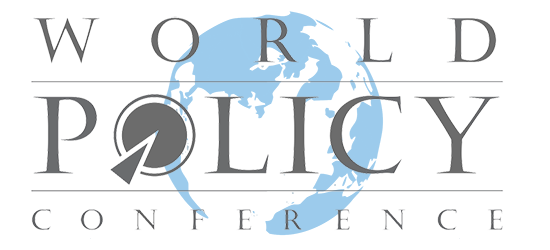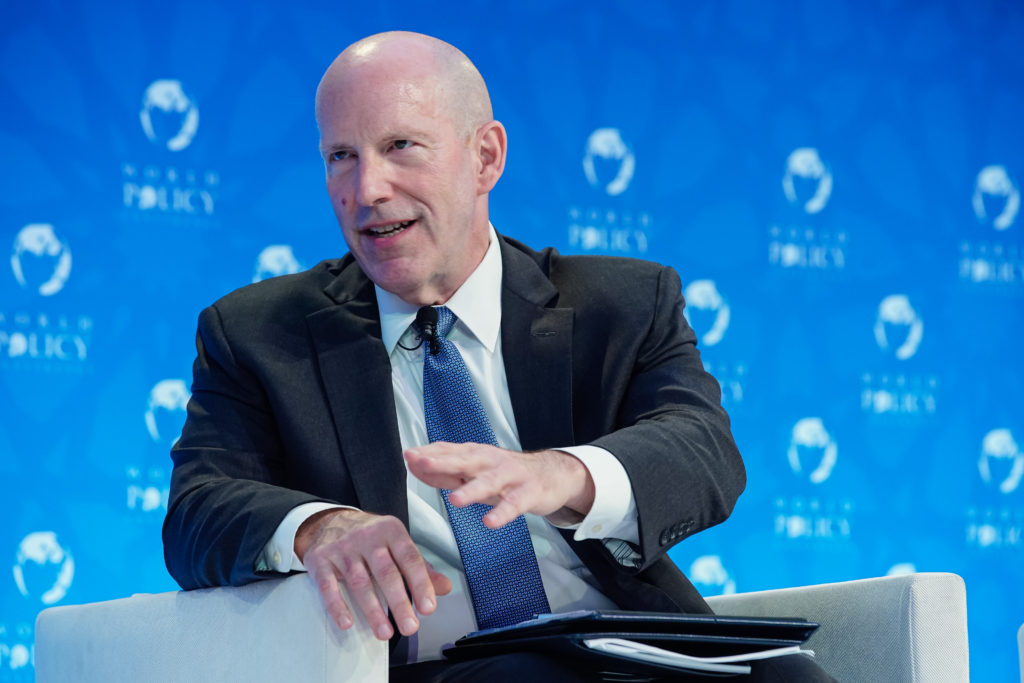23 July 2020
Peterson Institute for International Economics (Piie)
Sherman Robinson (PIIE), Marcus Noland (PIIE), Egor Gornostay (PIIE) and Soyoung Han (PIIE)
Under congressional pressure and facing lawsuits, on July 14 the Trump administration rescinded an Immigration and Customs Enforcement (ICE) rule that could have meant the deportation of more than one million foreign students from the United States. The rule, announced on July 6, eliminated temporary exemptions for nonimmigrant students taking all classes online due to the pandemic and would have taken effect for the fall 2020 semester.1
During the 2017–18 academic year, foreign students in the United States spent $45.3 billion a year and directly supported over 455,000 US jobs, according to latest data from the US Department of Commerce’s Bureau of Economic Analysis. Another study by NAFSA: Association of International Educators reports that during the 2018–19 academic year foreign students in colleges and universities in the United States contributed $41 billion to the US economy and supported 458,000 jobs.
Using an economywide simulation model that takes both direct and indirect effects of the ICE policy into account, we estimate in a PIIE Working Paper that the policy would have cost the US economy up to 752,000 jobs, $68 billion in lost GDP, $18 billion in lost tax revenue, and $46 billion in lost income of nonstudent households in the short run (a shock as soon as the program was implemented). The direct impacts would have been felt most heavily in US cities and towns with colleges/universities, and the indirect effects would have been spread across the country.
For the moment, the United States has avoided self-inflicted injury, but as in the case of the “Muslim ban,” there is no guarantee that the administration will not tweak and reintroduce the regulation.
Deporting foreign students would damage US institutions of higher learning. Foreign students make up roughly half of science, technology, engineering, and mathematics (STEM) graduate students in the United States. The distributional consequences are complex, but on the whole it appears that American students benefit from the presence of foreign students, through the expansion of programs and the upward pressure on educational standards from their enrollments, as well as the enhanced financial support that the tuition payments of foreign students enable.
The impact differs slightly for undergraduate education. With overall enrollments more fixed than in the case of graduate students, foreign undergraduates crowd out domestic undergraduates. But they also enable universities to raise entrance standards and provide greater financial support for deserving American students. At the margin, the distributional impact is to shift capacity away from students who are wealthy but less smart toward those who are poor but smarter.
The mooted immigration policy would also reduce the size and research productivity of American institutions of higher learning and adversely affect innovation and entrepreneurship. Research demonstrates that foreign students contribute to research productivity measured by either scholarly papers or patents.
Postgraduation foreign graduate students continue to contribute to the US economy as measured by patenting, commercializing or licensing patents, and publishing. There is evidence of greater entrepreneurship as well. One survey of MIT graduates found that foreign-born students account for a disproportionately high share of MIT alumni-founded companies. More broadly, many studies have found that immigrants are an important source of scarce human capital for the United States and restricting their ability to come to the country as students would be short-sighted and damaging.
In addition to all the economic gains, the United States has benefited greatly in terms of soft power from its program of welcoming foreign students. Over a long period, the United States has educated millions of foreign students who have returned to their home countries, largely with warm feelings about their education and the country that provided it. The United States has also trained influential policymakers in many countries who understand and engage easily with the United States. All these benefits would come to an end if the United States were to restrict the number of foreign students coming here.
NOTE
1. The new policy, which was to go into effect in the fall of 2020, stated that “nonimmigrant students within the US are not permitted to take a full course of study through online classes. If students find themselves in this situation, they must leave the country or take alternative steps to maintain their nonimmigrant status.”

